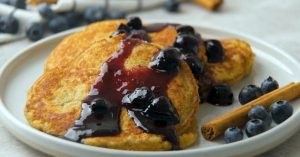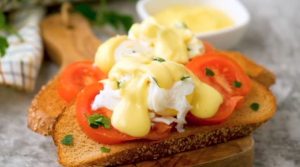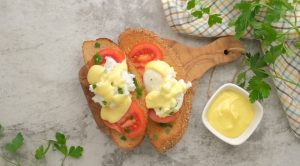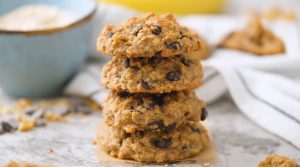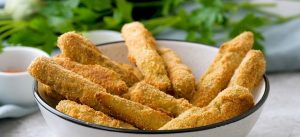Listen to your body and learn what works or does not work for you
My own journey with food as I reflect on it was eye-opening. I grew up in India as a lacto-vegetarian. Every meal was freshly cooked, and the produce was brought in every day from the farms nearby. The blending or herbs and spices were unique to this cuisine. My father from time to time when he traveled would bring home chocolates, or mayonnaise, or ketchup till it caught on in India and in my opinion became an industrial food.
When I immigrated to the USA, I wanted to be an American and started to indulge in meat and cake and tons of bread and within a year, I developed six cavities and my parents remarked that my personality had changed – more angry and easily irritated or depressed – so unlike the me they knew before I left India.
I had become hooked to the SAD diet (Standard American Diet). I had to change and go back to my roots of being a lacto-vegetarian. That was easy because my body craved it and I felt physically and emotionally balanced.
As a Naturopathic Physician, I began a deep dive into food and nutrition. I explored the history and science of food circling back to our ancestral food. However, America being a melting pot of so many cultures, I had to look at the biochemistry and DNA to evaluate what would be right combination of foods for each one of us.
Let us consider some historical perspectives
Food is sustenance
In his book Sapiens by Yuval Noah Harari, postulates that the stone age (3.5 million years ago and ended around 4000 BC) humans used stone implements and were hunter gatherers eating off the land. They travelled looking for food and sustenance.
The agricultural age stated around 70,000 BC when these nomads settled down and cultivated different vegetables and grains. The most noteworthy was the discovery of putting squash, corn and beans back into the earth helped the soil replenish its nutrients. They also domesticated animals and discovered how to grow grains like wheat and rice.
With the globalization of humankind, people travelled. The spice trades began to connect different countries and regions. People started to explore various herbs and spices in their diet. In this way the diet of different regions created their own unique cuisine.
Then came the scientific revolution that began to industrialize food by genetic engineering food and non-organic life. The advent of “Boxed foods” full of preservatives and unpronounceable ingredients were marketed.
Today, we ask ourselves if there is a universal answer to the question “ what we should eat?” Should we look at raw food diet? An all-fruit diet? Paleo? Vegan? Food that could be good for one person might be less so for someone else. Why?
Food and culture
Foods grown in different parts of the world becomes unique for those who live there. It can affect their genetic predisposition to those foods.
Industrial food manufactured in a laboratory as we know it are a mix of a little bit of the actual food with many added preservatives, artificial color and tons of sugar or salt.
Food and the environment
In his book Omega Principle, Paul Greenburg explores the origins of Omega 3 and its impact on sea life, a quest for long life and the health of the planet. As he puts it – it’s the push and pull of science and business regarding personal health and the health of the plant and at what cost.
Food and health
So, are we happier? Are we healthier? Are we living longer in health or with chronic illnesses? With the Covid shutdown and a lot of alone time, I have put together this series of interesting video encouraging you to be explore farm-to-table cooking for you and your family. I welcome any comments and/or insights you may have to continue this conversation.
Start your healthy recipes today with Watermelon & Heirloom Tomato Salad
Follow me on Facebook and LinkedIn or click on the video below for easy to prepare, healthy recipes that will motivate you to discover what works for you in the kitchen!


